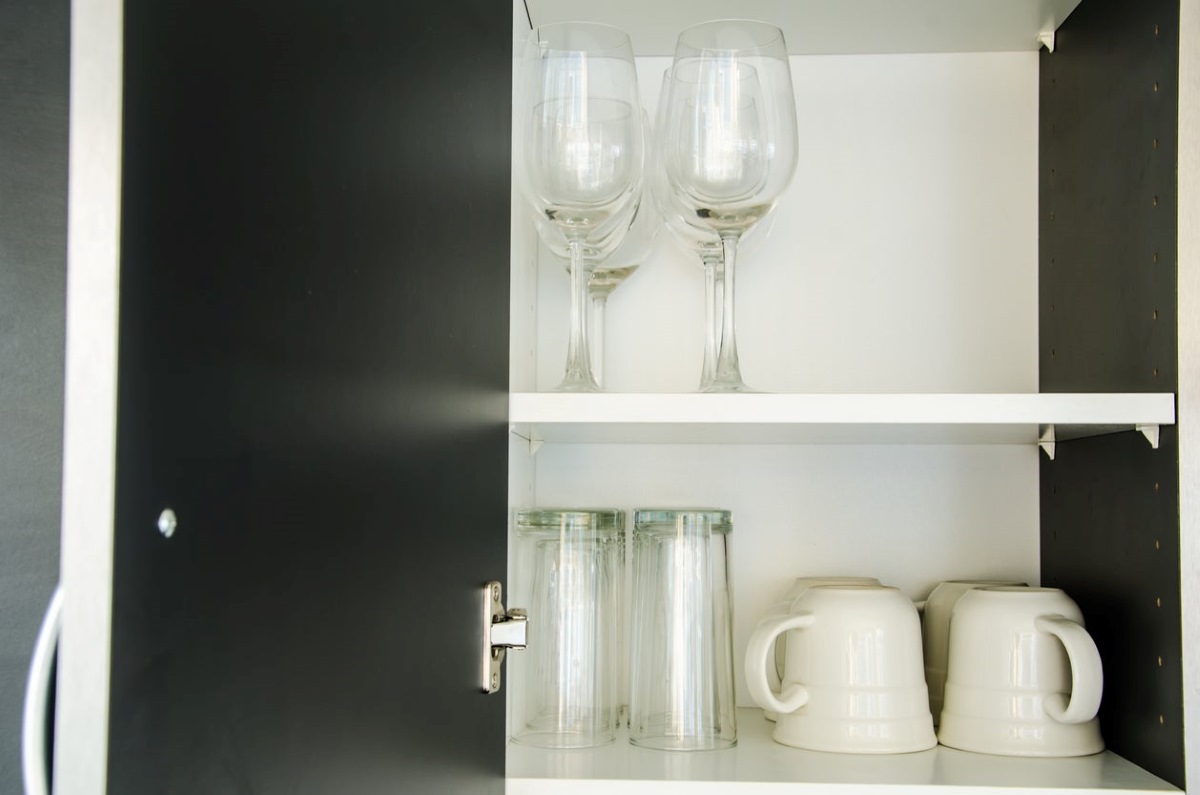

Articles
How To Store Glassware
Modified: September 1, 2024
Discover the best ways to store glassware with our helpful articles. Keep your fragile glass items safe and organized with these storage tips and tricks.
(Many of the links in this article redirect to a specific reviewed product. Your purchase of these products through affiliate links helps to generate commission for Storables.com, at no extra cost. Learn more)
Introduction
Glassware is not only functional but can also be aesthetically pleasing. Whether you have a collection of delicate wine glasses, antique vases, or decorative glass ornaments, it’s crucial to store them properly to maintain their condition and extend their lifespan.
In this article, we will guide you on how to store glassware effectively, ensuring that your valuable pieces remain safe and free from damage. From choosing the right storage space to wrapping and organizing your glassware, we will cover all the essential steps to keep your collection in pristine condition.
By following these tips and implementing proper storage techniques, you can protect your glassware from scratches, breakage, and other forms of damage that may occur during storage or transportation. So, let’s dive into the world of glassware storage and discover how to keep your cherished pieces safe!
Key Takeaways:
- Protect your glassware by choosing a stable, temperature-controlled storage space and wrapping each piece with soft, protective materials to prevent scratches and breakage.
- Organize and label your glassware collection, and consider climate control factors to maintain optimal conditions. Avoid common mistakes like insufficient padding and neglecting regular inspections to ensure your glassware remains in excellent condition.
Read more: How To Customize Glassware
Choosing the Right Storage Space
When it comes to storing glassware, selecting the right storage space is crucial. Here are a few factors to consider:
1. Stability: Choose a storage area that is stable and free from vibrations. Avoid areas where the glassware may be subjected to frequent movement or accidental bumps.
2. Temperature: Glassware is susceptible to temperature fluctuations, so it’s important to choose a storage space that maintains a consistent temperature. Extreme heat or cold can cause glass to expand or contract, leading to cracks or breakage.
3. Lighting: Exposure to direct sunlight or harsh artificial light can fade or damage glassware over time. Opt for a storage space that is away from windows or install light-filtering curtains or blinds to protect your collection from harmful UV rays.
4. Dust and Dirt: Glassware is prone to collecting dust and dirt, which can be challenging to clean without risking damage. Choose a storage area that is relatively clean and minimize the entry of dust by using sealed containers or glass display cabinets with dustproof doors.
5. Accessibility: Consider how frequently you will need to access your glassware collection. If you plan to use or display them regularly, opt for a storage space that is easily accessible. For less frequently used items, you can choose a more secure storage area such as a dedicated cupboard or a storage room.
By considering these factors, you can ensure that your glassware is stored in an appropriate environment that minimizes the risk of damage and deterioration.
Preparing the Glassware
Before storing your glassware, it’s essential to prepare it properly. By following these steps, you can ensure that your glassware is clean and ready for safe storage:
1. Cleanliness: Wash the glassware thoroughly using warm water and mild dish soap. Avoid using harsh chemicals or abrasive cleaners as they can damage the surface of the glass. Rinse the glassware well to remove any residue, and allow it to air dry completely.
2. Inspect for Damage: Carefully examine each piece of glassware for any chips, cracks, or weak points. Remove any damaged items from your collection, as these can be hazardous and may cause further damage to other pieces during storage.
3. Separate Fragile Items: If you have fragile or delicate glassware, such as thin-stemmed wine glasses or fine crystal, consider separating them from other items to minimize the risk of breakage. Place them in individual compartments or wrap them separately to provide additional protection.
4. Avoid Decorations or Adornments: Remove any decorative elements or attachments from the glassware before storage. This includes gemstones, metal accents, or glued-on decorations. These attachments can become loose during storage and may scratch or damage the glassware.
5. Consider Storage Accessories: Invest in appropriate storage accessories such as dividers, cardboard or foam inserts, or specialized glass storage boxes. These accessories can provide added cushioning and protection, preventing the glassware from shifting or knocking against each other.
By taking the time to prepare your glassware properly, you can ensure that it is clean and free from any potential damage or contaminants before storing it away.
Wrap with Care
Properly wrapping your glassware is essential to protect it from scratches, impact, and other forms of damage. Follow these steps to ensure that your glassware is wrapped with care:
1. Use Soft and Protective Materials: Start by collecting soft and protective materials such as acid-free tissue paper, bubble wrap, or microfiber cloths. These materials provide a cushioning layer that helps absorb shocks and prevent scratches.
2. Wrap Each Piece Individually: Wrap each piece of glassware individually to provide maximum protection. Start by placing a layer of tissue paper or a microfiber cloth on a flat surface, then carefully place the glassware in the center of the paper.
3. Secure with Bubble Wrap: Once the glassware is wrapped in tissue paper, secure it further by wrapping it with a layer of bubble wrap. The bubble wrap adds an extra layer of cushioning and protects the glassware from impact.
4. Pay Attention to Handles and Stems: Handle delicate glassware with care, paying close attention to handles, stems, and any protruding parts. Use extra layers of tissue paper or bubble wrap to protect these vulnerable areas from damage.
5. Secure with Tape or Rubber Bands: After wrapping the glassware, secure the protective layers with tape or rubber bands to keep them in place. Avoid using tape directly on the glass surface as it may leave residue or damage the glass during removal.
6. Label Fragile Items: If you have particularly fragile pieces, such as antique glassware or irreplaceable heirlooms, label them as “fragile” to ensure extra caution during handling and storage.
7. Pack in Sturdy Boxes or Containers: Once wrapped, place the glassware in sturdy boxes or containers that provide proper support and prevent shifting during storage. Use dividers or filler material to separate and cushion each piece.
By wrapping your glassware with care and using soft, protective materials, you can greatly minimize the risk of damage during storage and transportation.
Stacking and Organizing
When it comes to storing glassware, proper stacking and organization are key to maximizing space and preventing damage. Here are some tips to help you stack and organize your glassware collection:
1. Stack by Size and Shape: Start by grouping your glassware based on size and shape. This will make it easier to stack them together and minimize the risk of items colliding or becoming unstable.
2. Use Dividers or Inserts: If you have a large collection of glassware, consider using dividers or inserts to separate each piece. These can be cardboard dividers, foam inserts, or specialized glass storage racks. Dividers help to keep the glassware in place and prevent them from knocking against each other.
3. Avoid Stacking Too High: With delicate glassware, it’s important to avoid stacking them too high to prevent toppling or instability. Limit the stack height to a manageable level where each piece can be easily accessed without risking damage to the rest of the collection.
4. Balance the Weight: Distribute the weight evenly throughout the stack to maintain stability. Avoid placing significantly heavier items on top of fragile or delicate glassware.
5. Consider Vertical Storage: For stemware or glasses with fragile stems, consider storing them vertically to minimize stress on the stems. Use specialized stemware racks or adjustable shelving to secure the glasses in an upright position.
6. Organize by Function or Occasion: If you have a variety of glassware for different functions or occasions, consider organizing them accordingly. Group wine glasses, champagne flutes, and cocktail glasses separately for easy access when needed.
7. Leave Adequate Space: Ensure that there is enough space between the stacks to prevent items from rubbing against each other. This helps to minimize the risk of scratches or damage during storage.
By properly stacking and organizing your glassware, you can maximize storage space and ensure that each piece remains secure and protected, ready to be used whenever you need them.
Store glassware in a cool, dry place away from direct sunlight to prevent discoloration and damage. Use soft padding or dividers to prevent chips and scratches.
Read more: How To Mail Glassware
Labeling and Inventory
Labeling and creating an inventory of your glassware collection can significantly simplify the process of accessing and managing your collection. Here are some tips for effective labeling and creating an inventory:
1. Label Boxes or Containers: Clearly label each box or container to indicate its contents. Use descriptive labels such as “wine glasses,” “vases,” or “decorative glassware” to make it easier to locate specific items.
2. Numbering System: Assign a unique number to each box or container and create a corresponding inventory list. This numbering system allows you to easily track and locate specific items in your glassware collection.
3. Digital Inventory: Consider creating a digital inventory of your glassware collection. This can be done by using a spreadsheet or inventory management software. Include details such as item descriptions, dimensions, and any relevant notes.
4. Take Photographs: Snap photographs of your glassware collection to visually document each item. This can be helpful for insurance purposes or in case of any damage or loss.
5. Location Tracking: If you store your glassware in different locations, make note of the specific storage area for each item in your inventory. This helps you quickly locate items when needed.
6. Regular Inventory Check: Set a schedule to periodically review and update your inventory. This ensures that you have an accurate record of your glassware and allows you to identify any missing or damaged items.
7. Include Fragility Notes: Make a note in your inventory of items that are particularly fragile or require special handling. This serves as a reminder to exercise caution when handling these pieces.
By labeling your boxes, creating an inventory, and implementing a numbering system, you can easily keep track of your glassware collection and locate specific items with ease. This saves you time and effort when it comes to accessing and managing your collection.
Climate Control Considerations
Proper climate control is crucial for preserving the condition of your glassware collection. Here are some climate control considerations to keep in mind:
1. Temperature: Glassware is sensitive to temperature fluctuations. Avoid storing your glassware in areas that experience extreme temperature changes, such as attics, garages, or basements. Ideally, maintain a temperature-controlled environment between 50-70°F (10-21°C).
2. Humidity: Excessive humidity can cause glassware to deteriorate over time. Aim for a humidity level of around 40-50%. High humidity can lead to mold growth or water damage, while low humidity can cause glass to become brittle.
3. Ventilation: Proper ventilation helps regulate temperature and humidity levels within the storage area. Ensure that there is proper airflow to prevent the buildup of moisture and maintain a consistent environment.
4. Avoid Direct Sunlight: Exposure to direct sunlight can fade and damage glassware. Shield your storage area from direct sunlight by using curtains, blinds, or UV-blocking window films.
5. UV Protection: If your glassware is displayed in an area with natural light, consider using UV-protective glass or acrylic display cases. These help filter out harmful UV rays and minimize the risk of damage to your collection.
6. Avoid Extreme Temperature Changes: Rapid temperature changes, such as moving glassware from a cold environment to a warm one, can cause the glass to expand or contract, leading to cracks or breakage. Gradually acclimate the glassware to temperature changes to minimize the risk of damage.
7. Dehumidifiers and Moisture Absorbers: If you live in an area with high humidity levels, consider using dehumidifiers or moisture-absorbing products to maintain optimal humidity levels within your storage space.
By considering these climate control factors, you can create an environment that promotes the longevity of your glassware collection and prevents damage caused by temperature and humidity fluctuations.
Avoiding Common Mistakes
When it comes to storing glassware, there are several common mistakes that people often make. By avoiding these mistakes, you can ensure the safety and longevity of your glassware collection. Here are some common mistakes to avoid:
1. Insufficient Padding: One of the most common mistakes is not providing enough padding and protection when wrapping and storing glassware. Avoid using insufficient amounts of bubble wrap, tissue paper, or other protective materials, as this can result in breakage or scratches.
2. Overpacking: While it might be tempting to fit as much as possible into a single box or container, overpacking can lead to items being squeezed together too tightly, causing pressure and potential damage. Allow adequate room for each piece to provide cushioning and prevent breakage.
3. Storing Dirty Glassware: Failing to clean glassware before storage can lead to long-term damage. Residue and dirt left on the glass can corrode or negatively affect the material over time. Always thoroughly clean and dry glassware before storing it.
4. Not Checking for Damage: Neglecting to check for chips, cracks, or weak spots before storing glassware can result in further damage to the collection. Remove any damaged items from your collection to prevent accidents and safeguard the rest of your glassware.
5. Using Acidic Materials: Avoid using acid-based or corrosive materials for storage, such as newspaper or cardboard containing acid. These materials can leach chemicals onto the glass surface, causing damage and discoloration over time. Opt for acid-free tissue paper, bubble wrap, or microfiber cloths instead.
6. Improper Stacking: Incorrectly stacking glassware can lead to instability and breakage. Avoid stacking heavy items on top of delicate glassware, and make sure each stack is balanced and secure. Use dividers or inserts to separate and cushion each piece.
7. Neglecting Regular inspections: Failure to regularly inspect your glassware collection can result in missed signs of damage or deterioration. Set a schedule to review your collection periodically and address any issues promptly.
8. Storing in Inappropriate Areas: Lastly, avoid storing glassware in areas prone to excessive temperature fluctuations, high humidity levels, or direct sunlight. Choose a suitable storage space that provides a stable and controlled environment.
By avoiding these common mistakes, you can protect your glassware collection and ensure that it remains in excellent condition for years to come.
Conclusion
Proper storage of glassware is essential to preserve its beauty, functionality, and value. By following the guidelines and tips outlined in this article, you can ensure that your glassware remains protected from scratches, breakage, and other forms of damage.
Start by selecting the right storage space, which is stable, temperature-controlled, and free from excessive light exposure. Prepare your glassware by cleaning each piece carefully and inspecting for any damage. Wrap your glassware with soft, protective materials like tissue paper and bubble wrap, and securely stack and organize them to maximize space and prevent accidents.
Labeling and creating an inventory of your glassware collection can help you easily locate and manage your items. Consider the climate control conditions in your storage area to maintain optimal temperature and humidity levels. Lastly, be mindful of common mistakes to avoid any potential damage to your glassware.
By implementing these guidelines, you can ensure that your glassware collection remains in excellent condition, ready to be used, displayed, or cherished for years to come. Remember to periodically inspect your collection and make any necessary adjustments to ensure its ongoing protection.
So, take the necessary steps to store your glassware properly and enjoy your collection with peace of mind, knowing that it is stored and cared for with the utmost attention and care.
Frequently Asked Questions about How To Store Glassware
Was this page helpful?
At Storables.com, we guarantee accurate and reliable information. Our content, validated by Expert Board Contributors, is crafted following stringent Editorial Policies. We're committed to providing you with well-researched, expert-backed insights for all your informational needs.
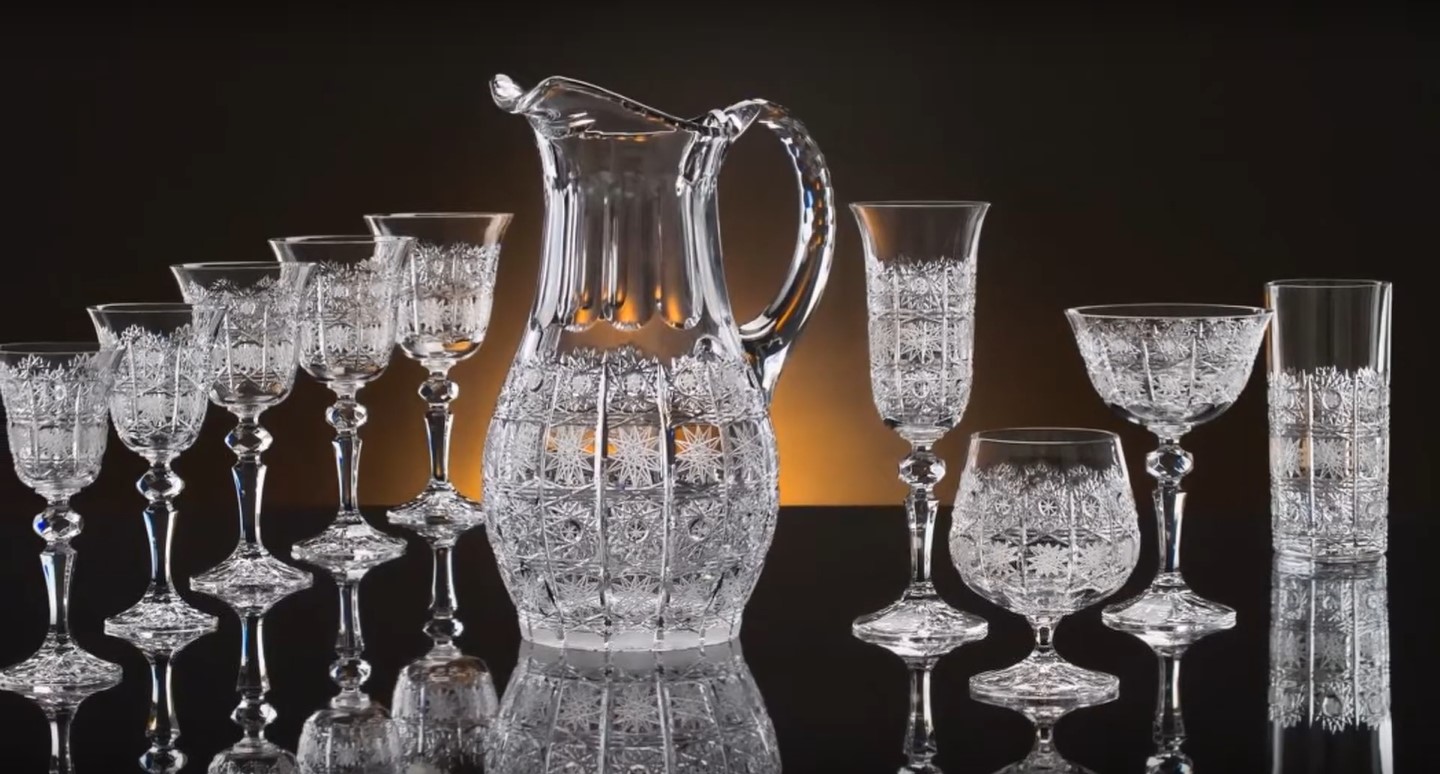

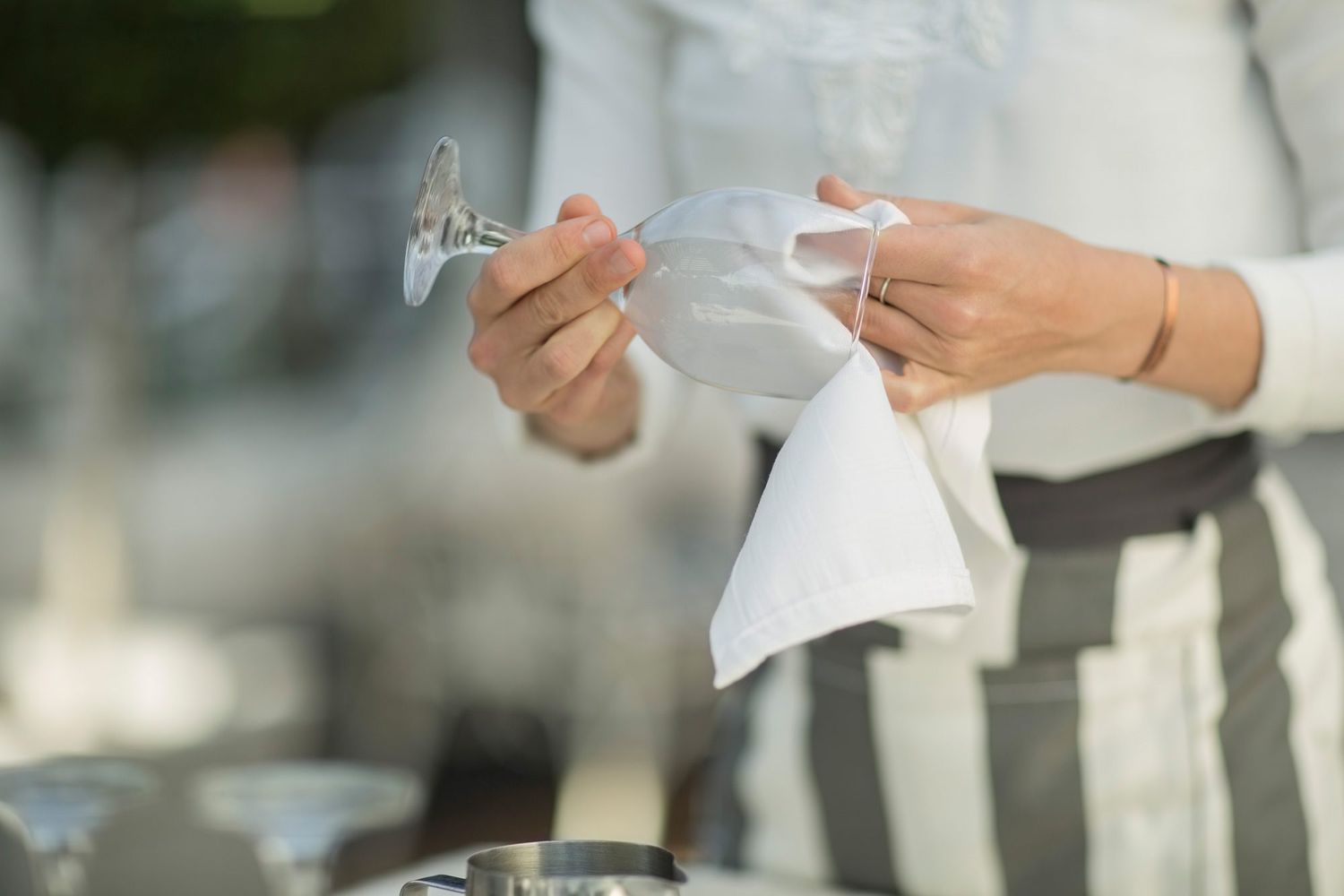
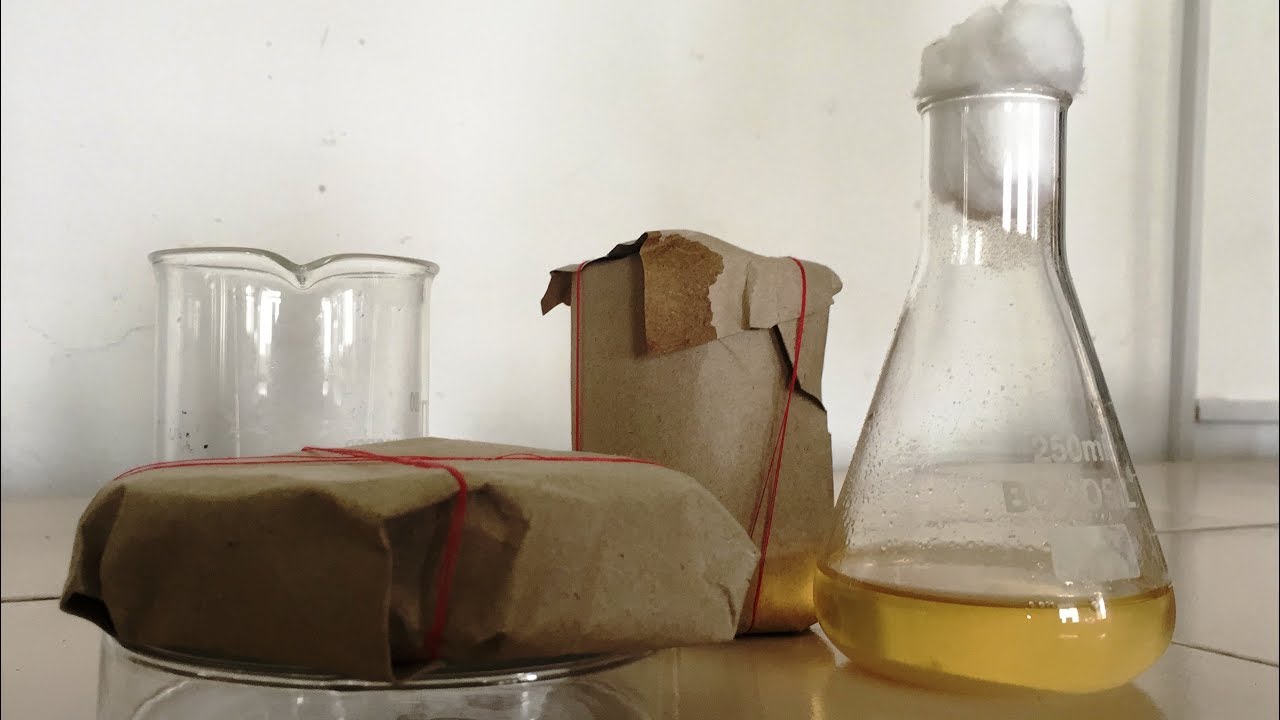
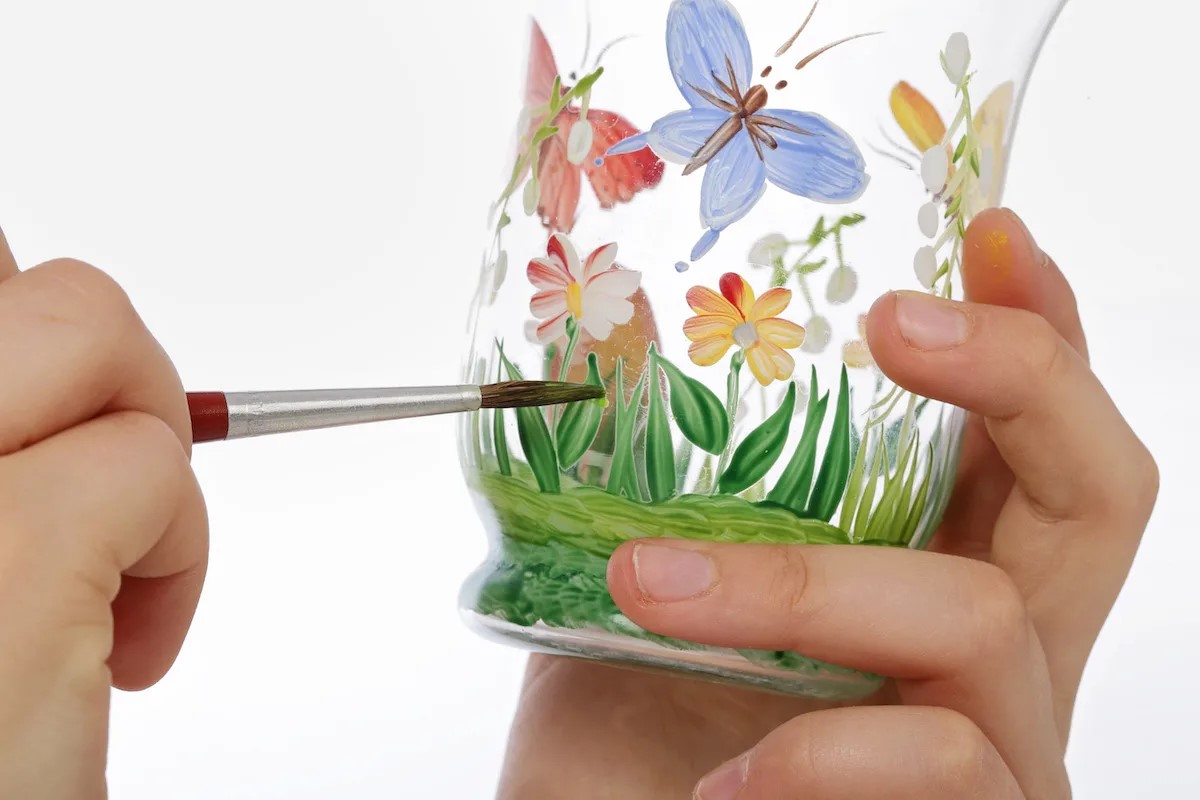
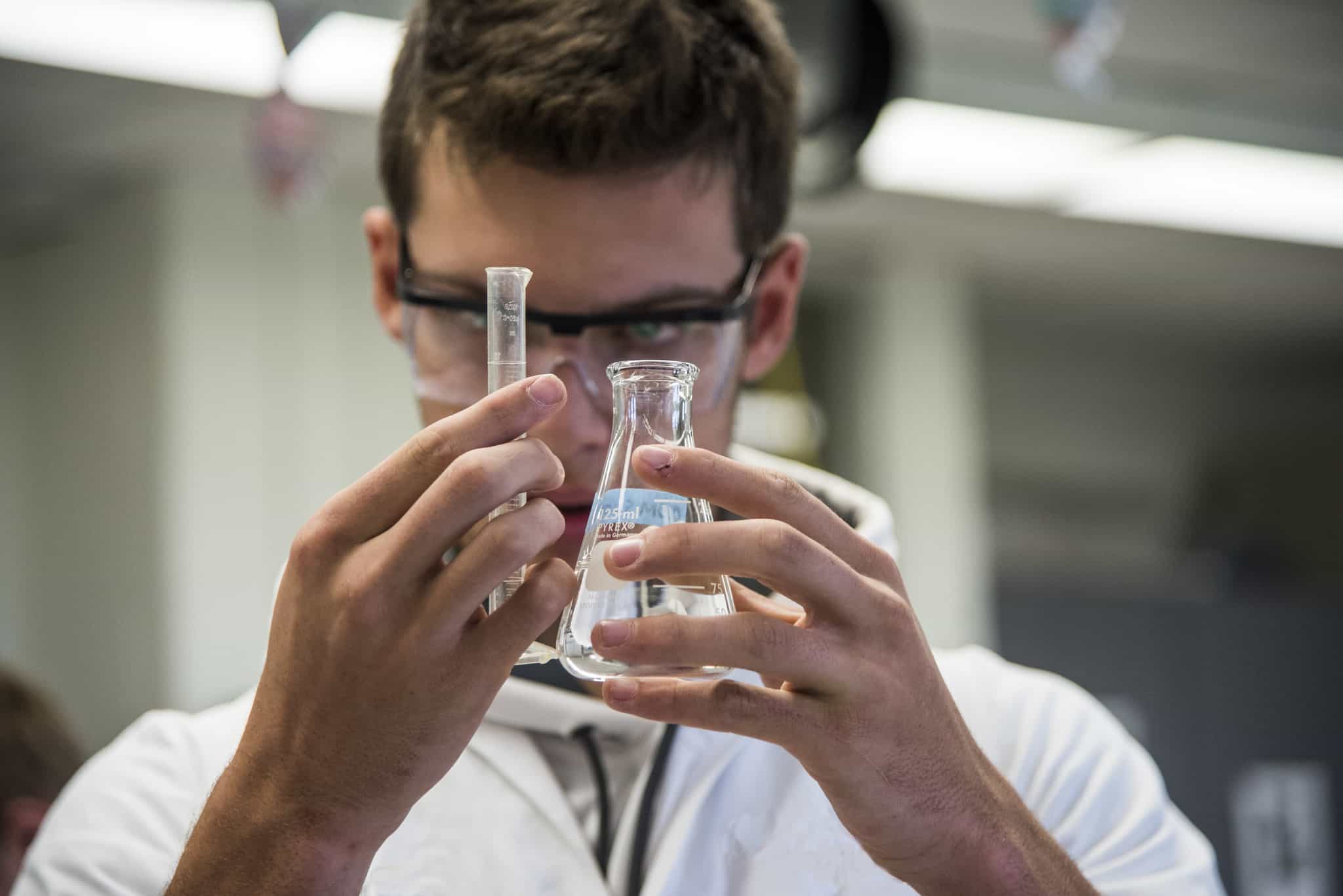
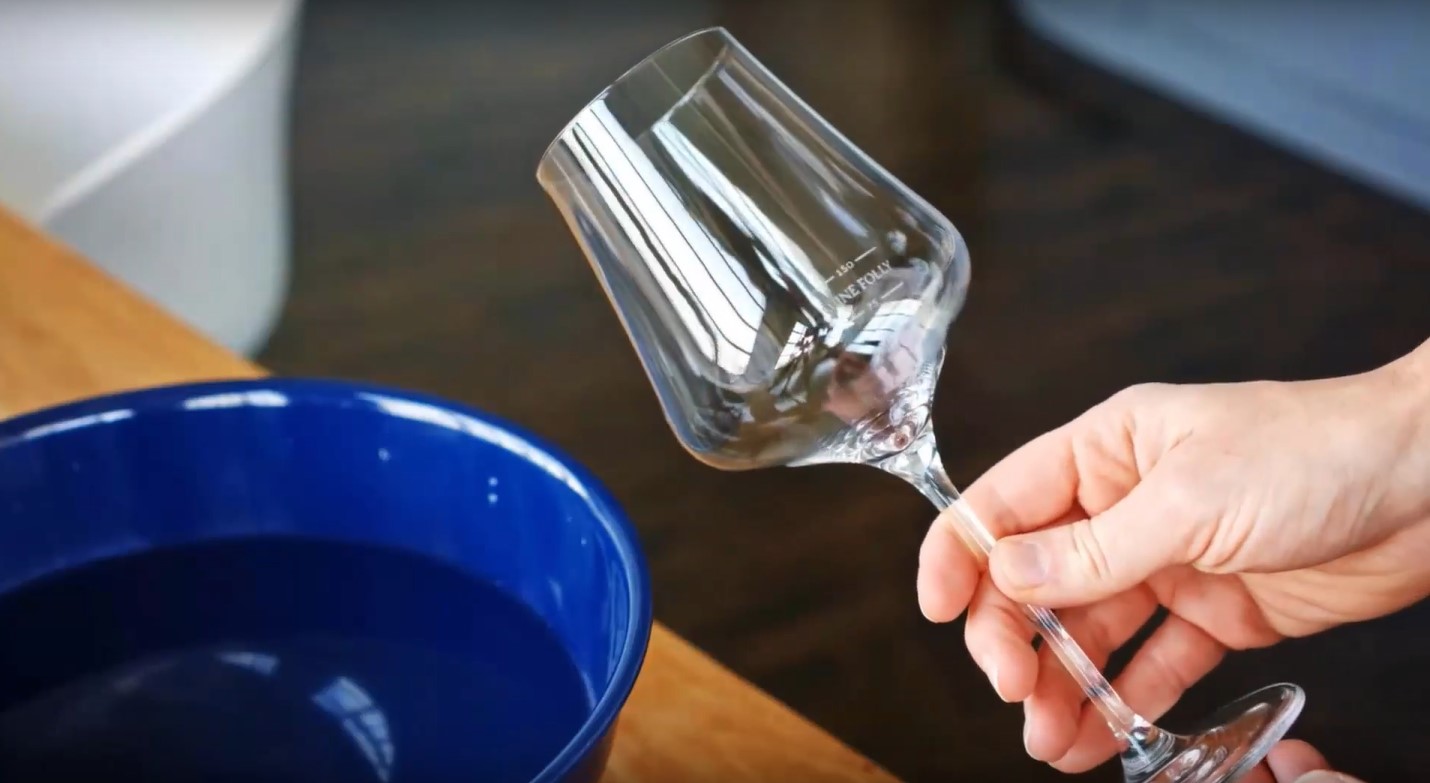
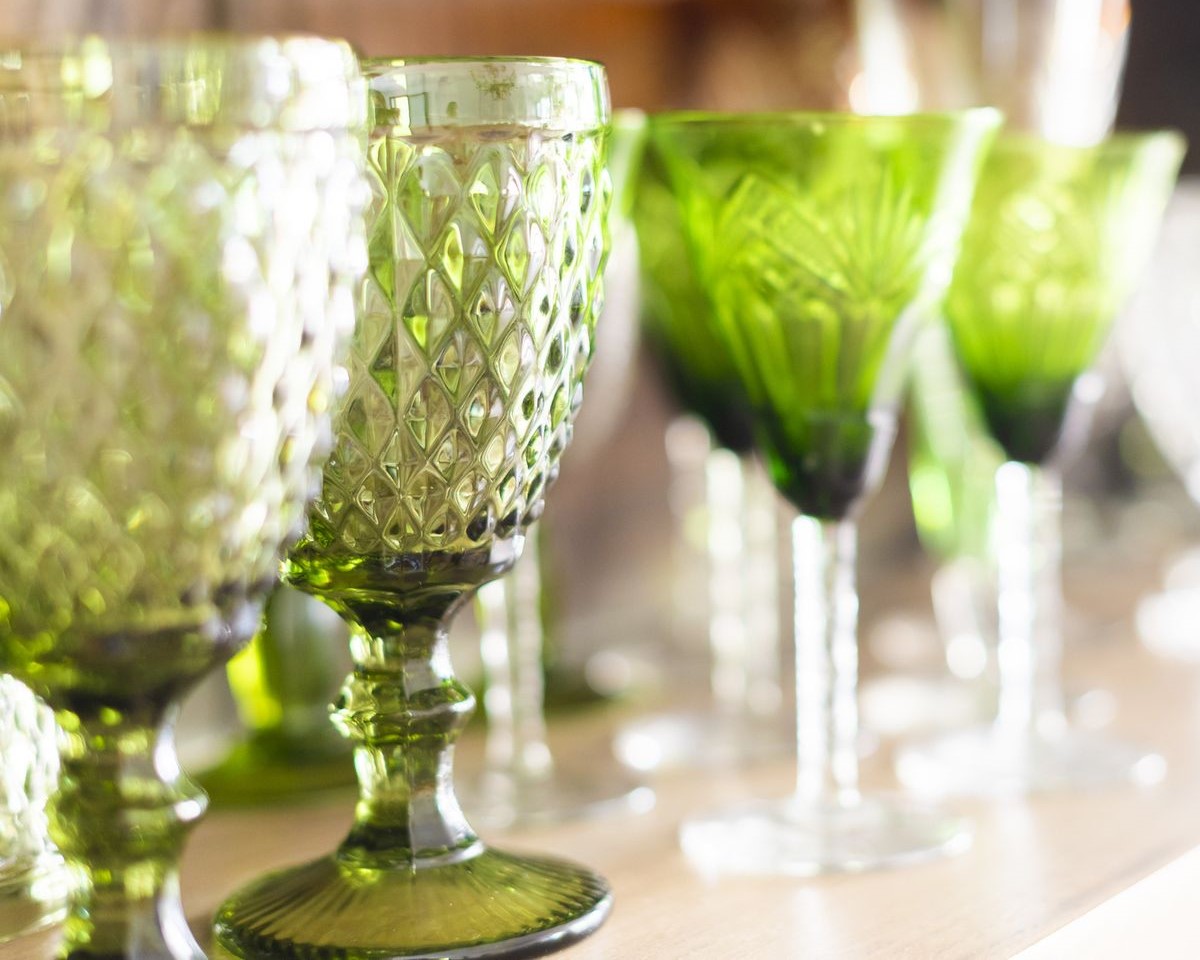
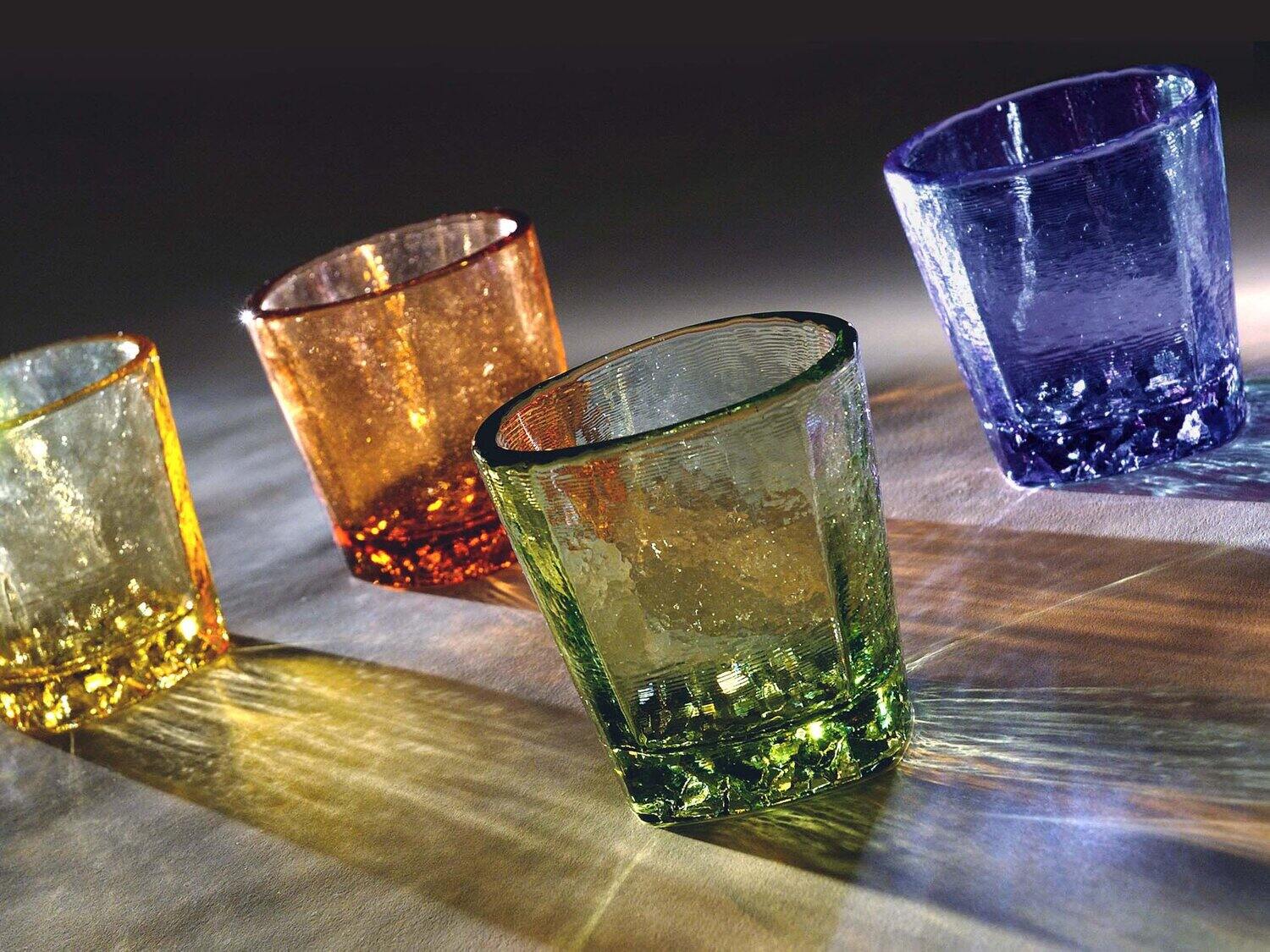
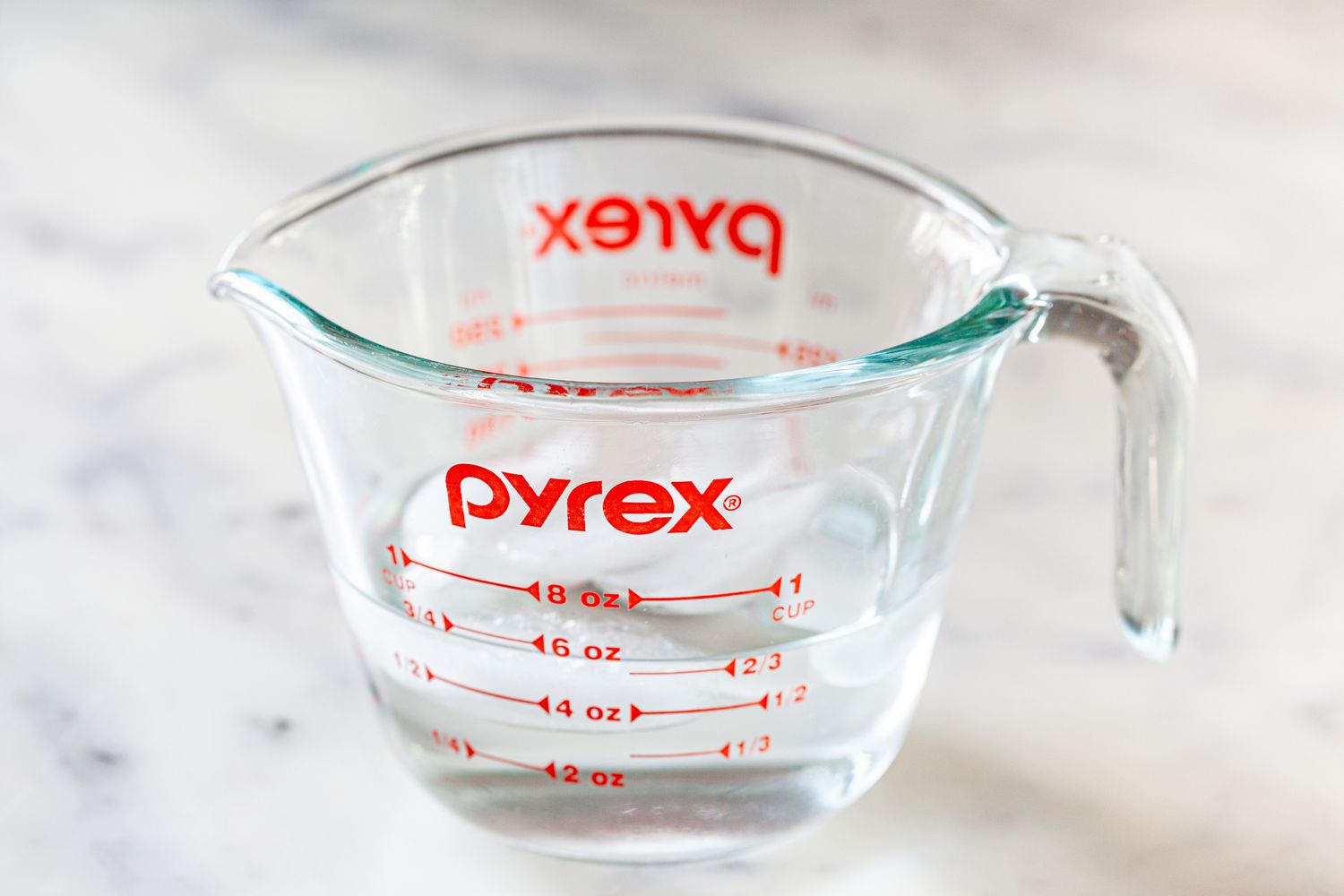
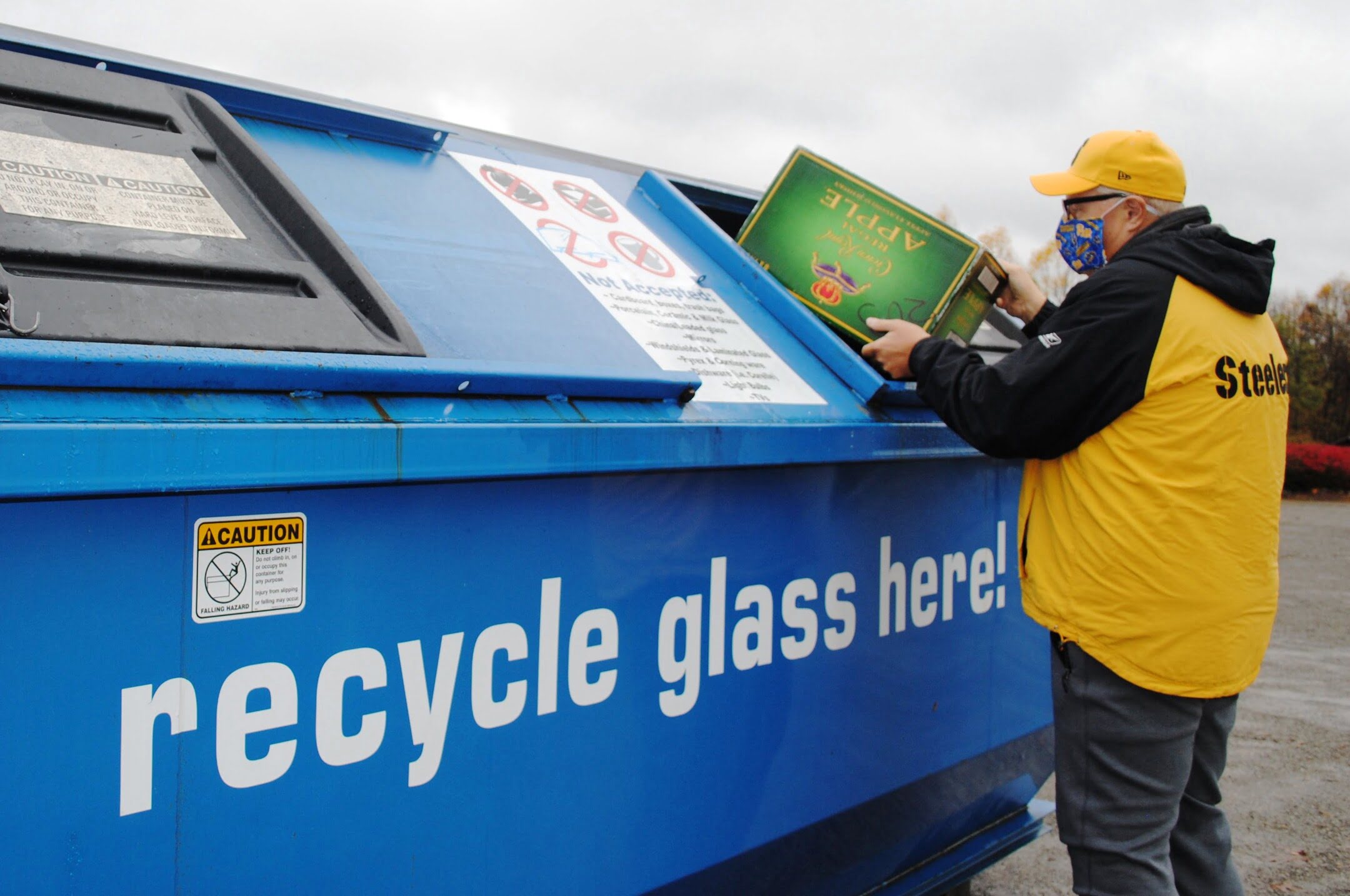
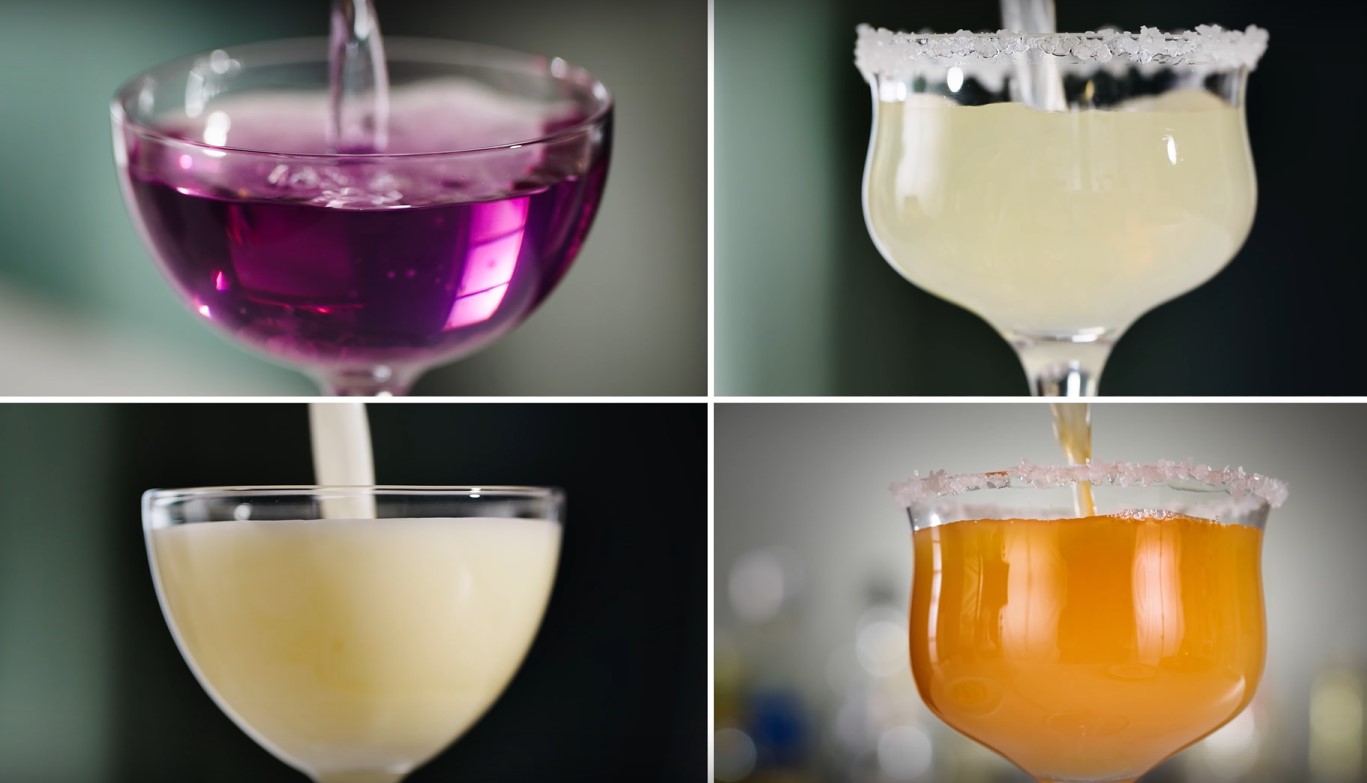

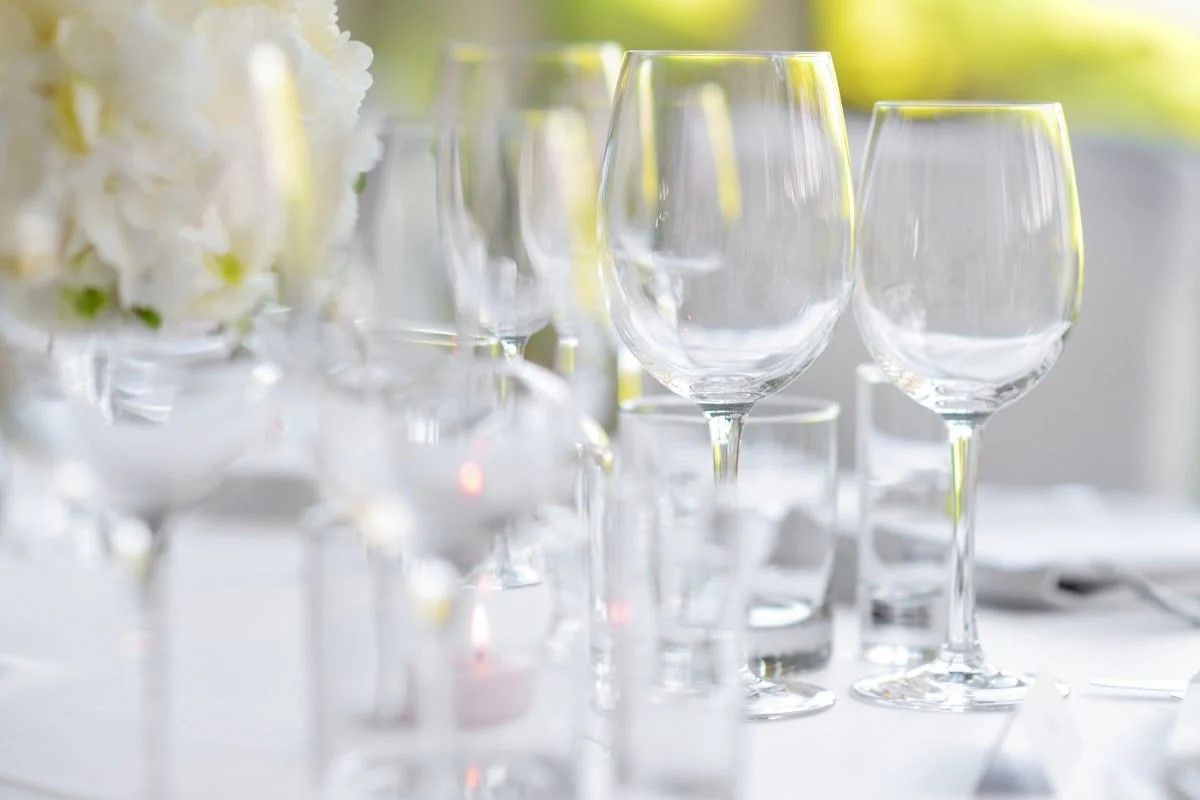

0 thoughts on “How To Store Glassware”